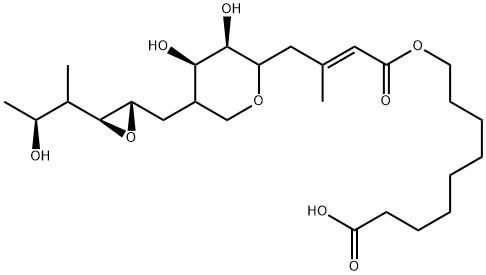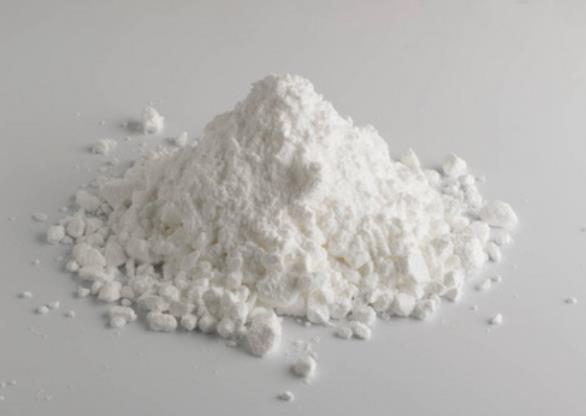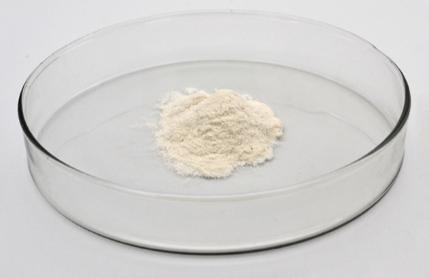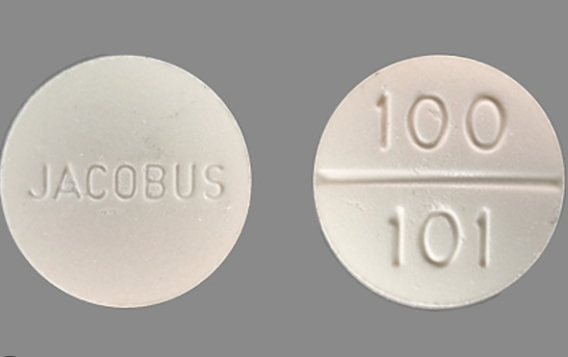Mupirocin: Indications, Mechanism of action and Side Effects
What is Mupirocin?
Mupirocin is a topical antibiotic analogue for the control and treatment of a wide range of skin and soft tissue infections. Mupirocin is globally recognised as the most widely used topical antibiotic for the treatment of methicillin-resistant Staphylococcus aureus (MRSA), particularly impetigo. Topical mupirocin blocked the colonisation of mupirocin-resistant and sensitive strains of MRSA in 52% and 68% of MRSA-colonised patients, respectively, including 44.4% and 85.7% of patients with nasal-only colonisation. Although there is a downward trend in the effectiveness of removing mupirocin-resistant MRSA, this agent can decolonise many patients with resistant strains.
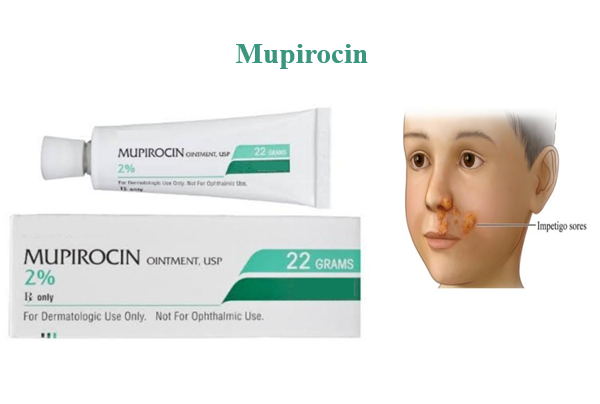
Indications
Mupirocin was approved by the FDA in 1997 for topical use to treat impetigo caused by Staphylococcus aureus and Streptococcus pyogenes. However, it is sometimes used off-label, such as in the treatment of ear diarrhoea associated with tympanostomy catheters, as an additive to sinus irrigation, and as a prophylactic agent for peritoneal dialysis catheter site infections. In addition, it has been used to promote the wound healing process, the underlying mechanism of which is thought to be related to keratinocyte proliferation.
Mupirocin is available in two dosage forms for topical use, cream and ointment. The dosage of this medication will vary for different patients. Please use it under your doctor's supervision.
For topical dosage form (cream):
Adults and children 3 months of age and older—Apply three times a day for 10 days.
Children younger than 3 months of age—Use and dose must be determined by your doctor.
For treatment of secondarily infected traumatic skin lesions:
For topical dosage form (ointment):
Adults and children 2 months of age and older—Apply three times a day.
Children younger than 2 months of age—Use and dose must be determined by your doctor.
Studies have been reported on the loading of mupirocin nanoparticles into hydrogels, which is expected to enhance the antibacterial activity of mupirocin. The inhibition of isoleucyl-tRNA synthetase and global gene expression in methicillin-resistant Staphylococcus aureus (MRSA) by the mupirocin nanoparticle-loaded hydrogel (MLH) and by pure mupirocin was compared. MLH and mupirocin rapidly inhibited the growth of bacterial populations after 1 h of treatment. At 12 h, mupirocin and MLH inhibited isoleucyl-tRNA synthetase in MRSA. Transcriptome profiles of MRSA showed that gene expression alterations after treatment with mupirocin were similar to those after treatment with MLH at MICs. These alterations included changes to DNA transcription, translation, and replication pathways, and the fold changes in these genes decreased more rapidly with MLH than with mupirocin only after 1 h of treatment. MLH released the mupirocin from the nanoparticles and hydrogel systems and then the drug permeated the cell wall and bound to bacterial isoleucyl-tRNA synthetase. The research also showed that MLH could be further developed for use in clinics for infected wounds.
Side Effects
Common adverse reactions to Mupirocin include mild contact dermatitis, which manifests as a burning, stinging, or painful sensation. Local irritation and unpleasant taste and odour when it is applied to the conjunctiva or nasal mucosa. Other possible adverse reactions include itching, dry or erythematous skin, mouth ulcers, skin warmth, pain, swelling, and tenderness. Severe angioedema or allergic reactions are and their rare.
References:
[1] M. SEMRET M A M. Topical Mupirocin for Eradication of MRSA Colonization With Mupirocin-Resistant Strains[J]. Infection Control & Hospital Epidemiology, 2001, 26 1: 1285-1289. DOI:10.1086/501956.[2] SUKANJANA KAMLUNGMAK. Bioactivity of Mupirocin Nanoparticle-Loaded Hydrogel against Methicillin-Resistant Staphylococcus aureus (MRSA)[J]. Applied microbiology, 2022, 14 1: 79-87. DOI:10.3390/applmicrobiol2010019.
Related articles And Qustion
See also
Lastest Price from Mupirocin manufacturers

US $1.00-100.00/KG2025-09-04
- CAS:
- 12650-69-0
- Min. Order:
- 1KG
- Purity:
- 95%
- Supply Ability:
- 300KG

US $5.00-0.50/KG2025-06-11
- CAS:
- 12650-69-0
- Min. Order:
- 0.10000000149011612KG
- Purity:
- 99% hplc
- Supply Ability:
- 5000kg
